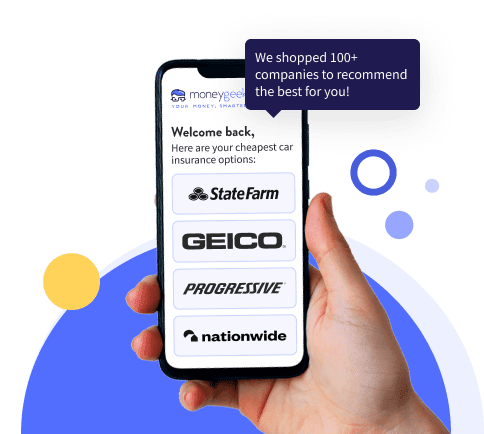Switching saves money while keeping your coverage active. Here are answers to common questions about switching car insurance:
- Can you switch car insurance any time? Yes, you can cancel and switch at any time. Insurers provide a prorated refund for unused coverage.
- Why should you switch car insurance companies? Most drivers switch to save money. Our analysis shows savings up to 52%. Other drivers want better claims service or mobile app features.
- Is it fast and easy to switch car insurance companies? Yes, switching takes as little as an hour when you have your vehicle details and VIN ready.
- Can you switch car insurance after a ticket or accident? Yes, but the accident or violation will appear on your driving record and affect rates at any insurer. Your current insurer continues handling any open claims even after you switch. See our guide to switching companies after an accident.
- How often should you switch car insurance companies? Compare rates annually at renewal, but only switch for meaningful savings.
- Will your rates go up when you switch? No. Insurers can't penalize you for leaving. Your new company bases rates on your driving record, not switching history, and your claims history transfers automatically.
- Will you lose coverage when you switch? No, as long as you follow the correct process. Buy your new policy first, confirm the start date, then cancel your old policy.
- How long does it take to get your refund? Insurance companies issue refunds within two to four weeks via check or direct deposit to your original payment method.








